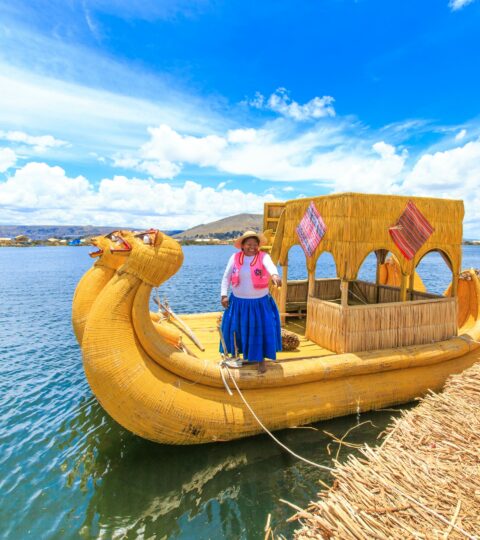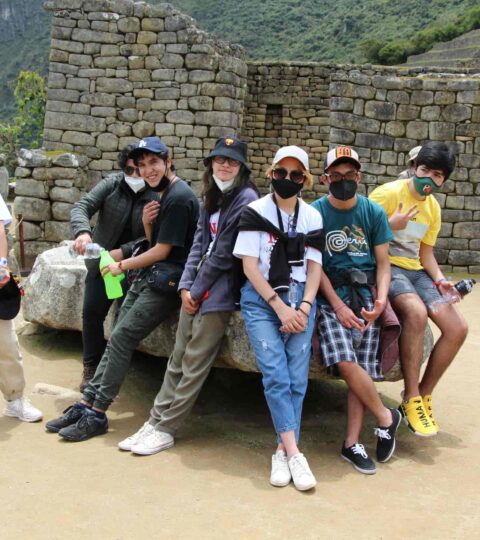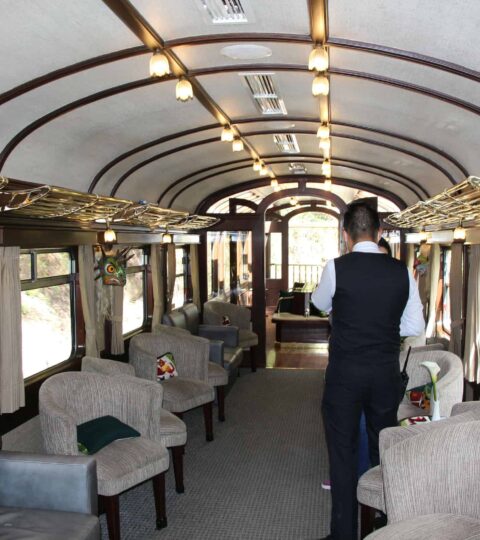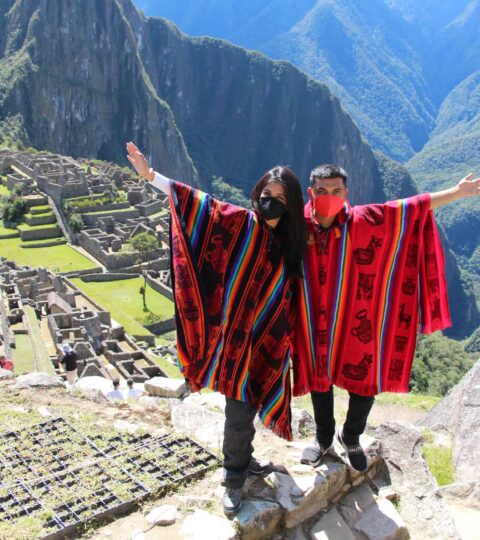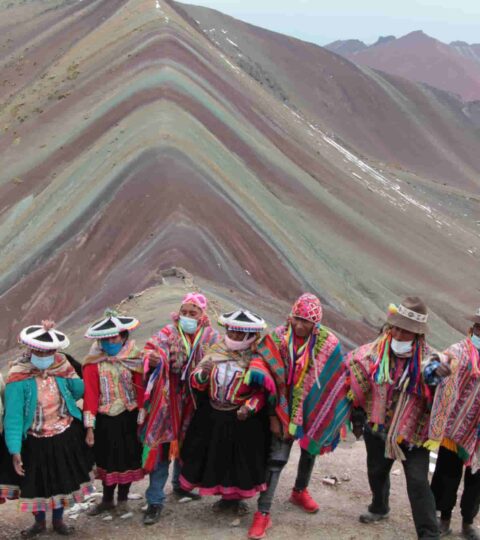The Imperial City of Cusco
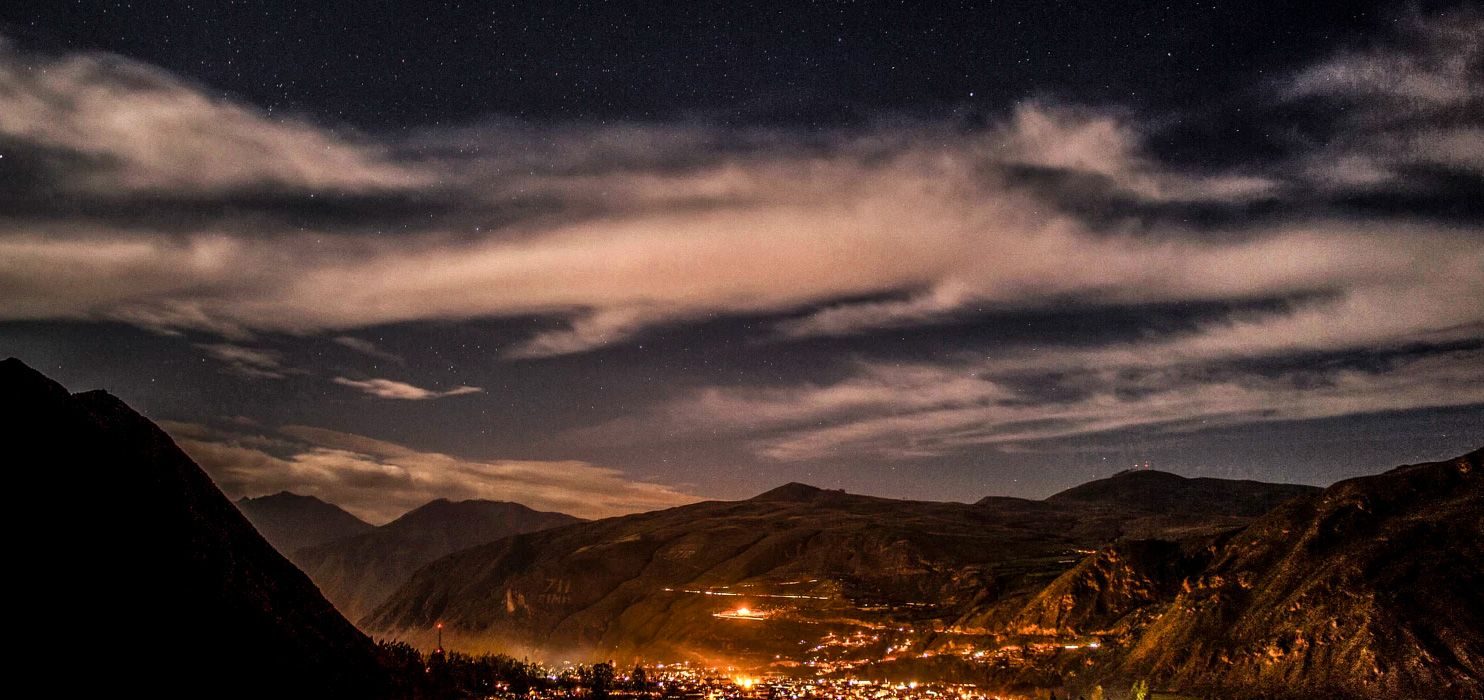
Mystic sacred city, considered the capital of the Tahuantinsuyo Empire with a great historical and architectural legacy. Surrounded by green valleys with imposing tourist attractions, culture, tradition and faith still dormant. Known as the navel of the world for being the political and territorial center of the Inca Empire, the department of Cusco shows a striking geographical variety from natural mountain ranges and reliefs, to rivers like the Urubamba.
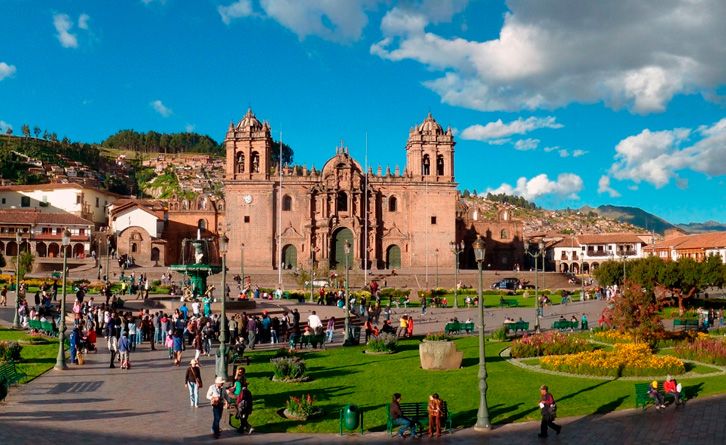
There is no simple way to explain the majesty that Cusco represents. This region gathers history, modernity and adventure with a mystique that wraps from the Cusquenian Plaza of Arms to the most distant places of it. Fill up with energy in Moray, discover the impressive architecture of Ollantaytambo and Pisac and feel a little closer to the sky in the Inca citadel of Machu Picchu. And not only that: the navel of the world is also full of contemporary art, a nightlife from Monday to Sunday and for the more adventurous, a bungee jumping that ensures pure adrenaline.
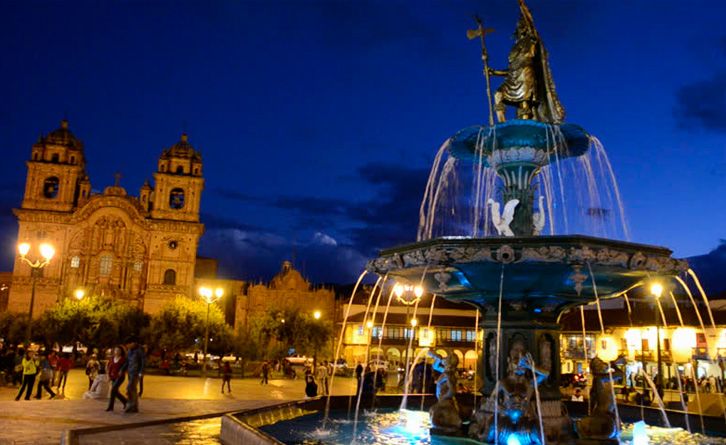
The city of Cusco, located in the Andes mountain range at 3 399 m.s., was declared the Historical Capital of Peru, being an impressive sample of high Inca engineering whose main tool was stone. As well as places like Choquequirao, Sacsayhuaman, Qenko, Tambomachay, Ollantaytambo and especially Machu Picchu, architectural jewel built with the wisdom of the ancient Incas that served as political, religious and administrative center of the time.
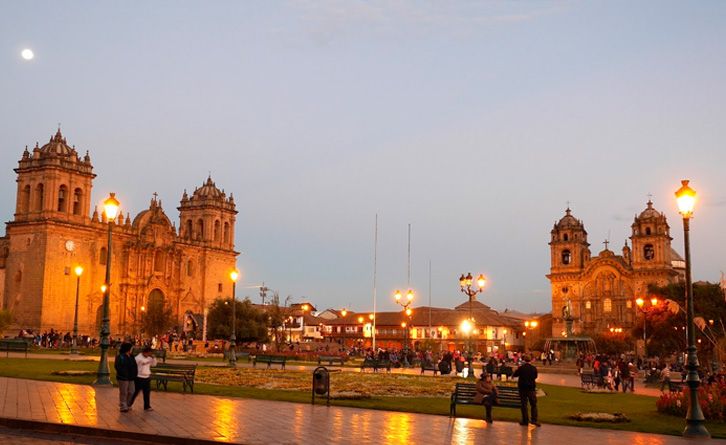
The Inca citadel, located in the middle of the tropical rainforest, at about 2,430 meters above sea level, was declared a World Heritage Site by UNESCO in 1981 and a new wonder of the modern world in 2007, it is a fantastic architectural complex built in the time of the Inca Pachacutec in the middle of a great variety of flora and fauna.
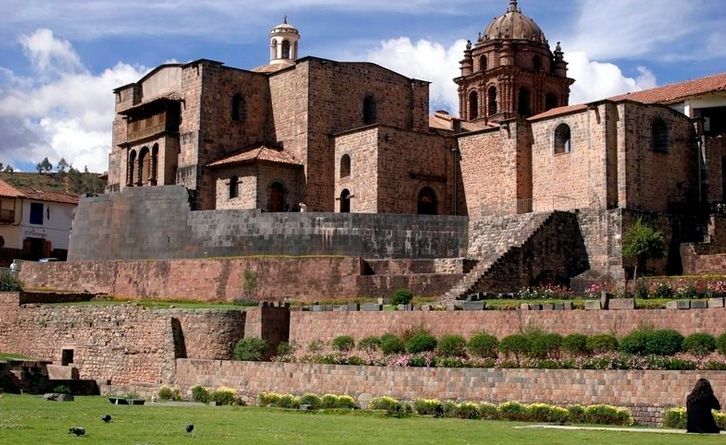
The department of Cusco also has several tourist attractions such as the Sacred Valley, considered the center of production of the best grain of corn; the District of San Blas, called the Artisans’ Quarter because it houses renowned popular artists of the city; Maras, a place that has salt mines that were used since the Incas; Paucartambo, a town that still maintains its ancestral Andean culture.

